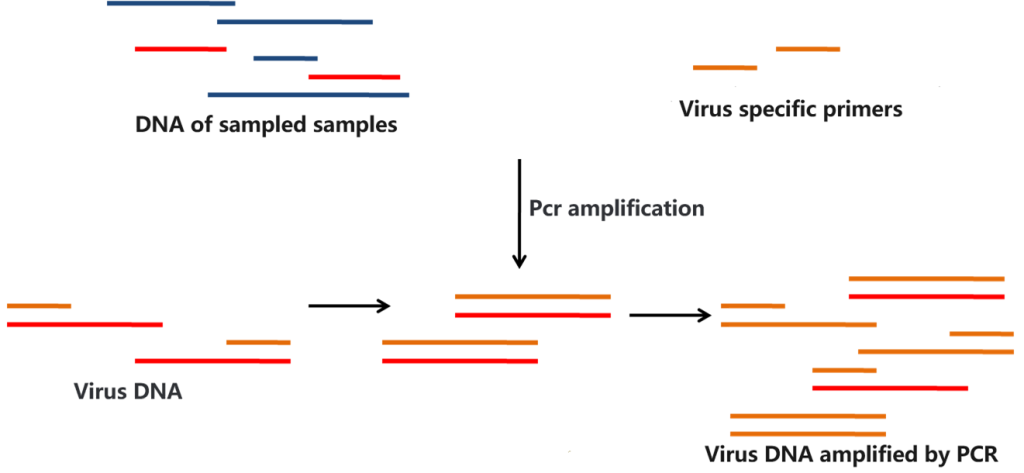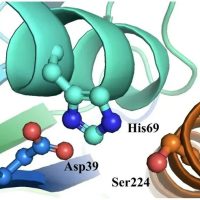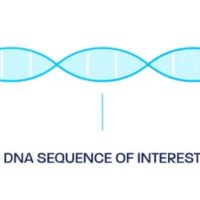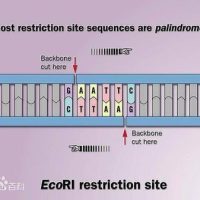Viruses are microorganisms that have attracted widespread attention in the biological community. Among them, DNA viruses and RNA viruses are the two main categories, and there are important differences between them. Below, we will delve into the differences between DNA viruses and RNA viruses, as well as their roles in infection and disease.
| DNA virus | RNA virus | |
| Genetic material | The genetic material of DNA viruses is double stranded DNA, which means they have two complementary DNA strands. This DNA can bind to the host cell's DNA after infection, forming fused DNA. | The genetic material of RNA viruses is single stranded RNA, which means they only have one RNA chain. This RNA can be directly used for protein synthesis. |
| Reproduction | DNA viruses typically replicate through the host cell's DNA replication mechanism after infecting the host cell. This enables them to synthesize new DNA viral particles within host cells. | RNA viruses typically replicate through the host cell's RNA replication mechanism after infecting the host cell. This enables them to synthesize new RNA viral particles. |
Main differences:
- Genetic material: DNA viruses use DNA as genetic material, while RNA viruses use RNA. This difference is of great significance for their replication and infection mechanisms.
- Reproduction mechanism: DNA virus replication requires the replication mechanism of DNA, while RNA virus utilizes the replication mechanism of RNA. This determines the way they infect and replicate.
- Reverse transcriptase: Some RNA viruses (such as HIV) contain reverse transcriptase, which can reverse transcribe their RNA into DNA and then insert it into the host cell's DNA. This is a characteristic different from DNA viruses.
The difference between DNA viruses and RNA viruses also leads to differences in their detection methods.RNA viruses have one more step in converting RNA viruses into DNA viruses than DNA viruses
Take real-time fluorescent RT-PCR detection of COVID-19 as an example:
First, extract RNA from the sample. There may be RNA of the new coronavirus in the RNA, as well as RNA of many samples of patients' tissues and microorganisms in the sampling site.

Reverse transcribe the RNA of the sample into cDNA using reverse transcriptase. Because the nucleic acid in the new coronavirus is RNA, and RNA is very easy to degrade. In order to prevent the substance we detect from degrading in the detection process, we convert it into more stable DNA.

PCR is used to synthesize DNA with specific primers of new coronavirus using cDNA as template to achieve the purpose of amplification of cDNA. The specific primers designed here can only be combined with the sequence of the new coronavirus nucleic acid to amplify the target product. Therefore, only when the collected sample contains a new coronavirus can the target product be amplified.

Detect the amplified PCR products, namely DNA fragments. The viral DNA fragments we amplified can emit fluorescence and be detected by instruments. The amount of products amplified for our detection largely depends on the amount of target RNA in the sample. The amount of target RNA is related to the number of viruses in the sample.





